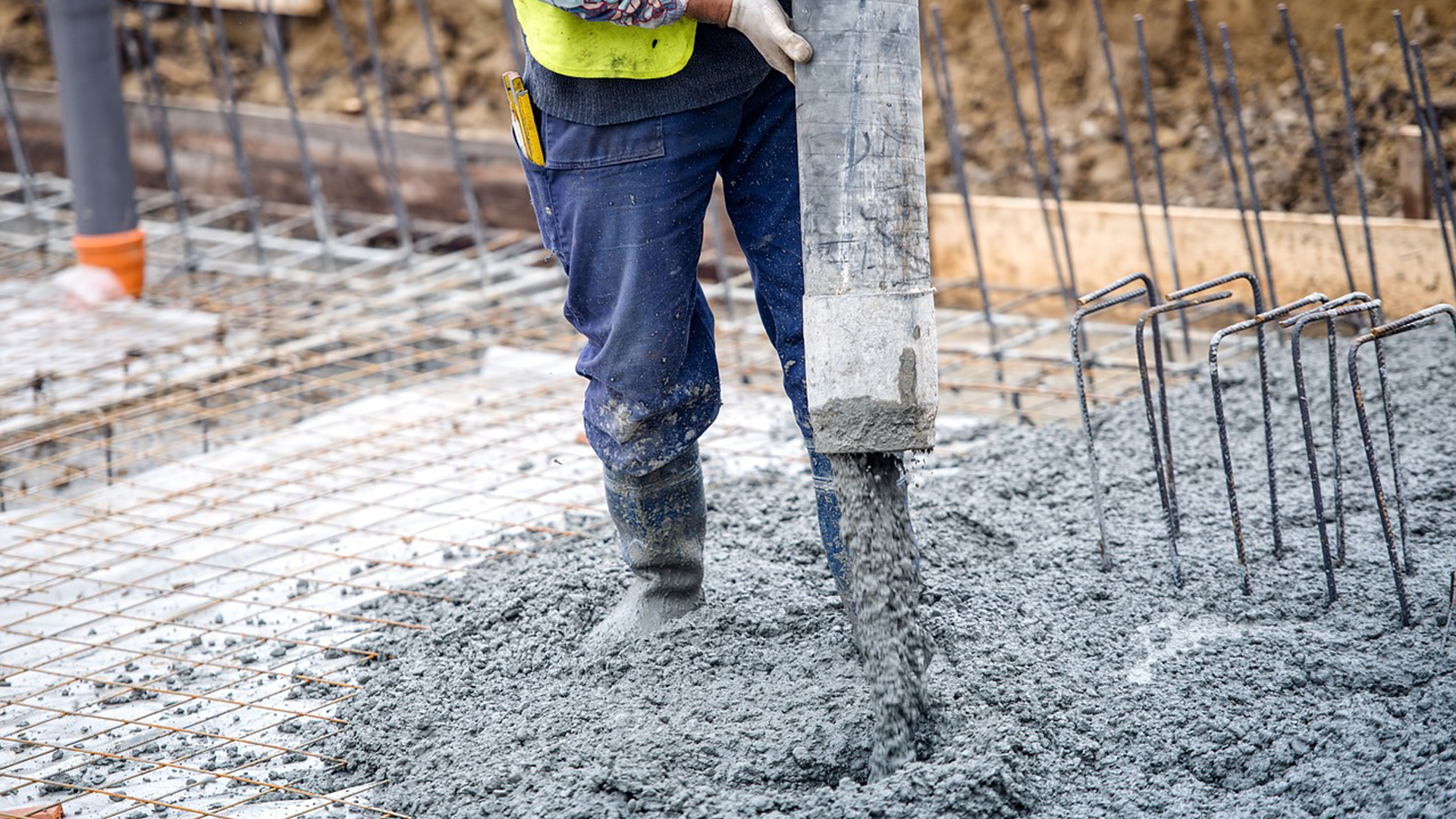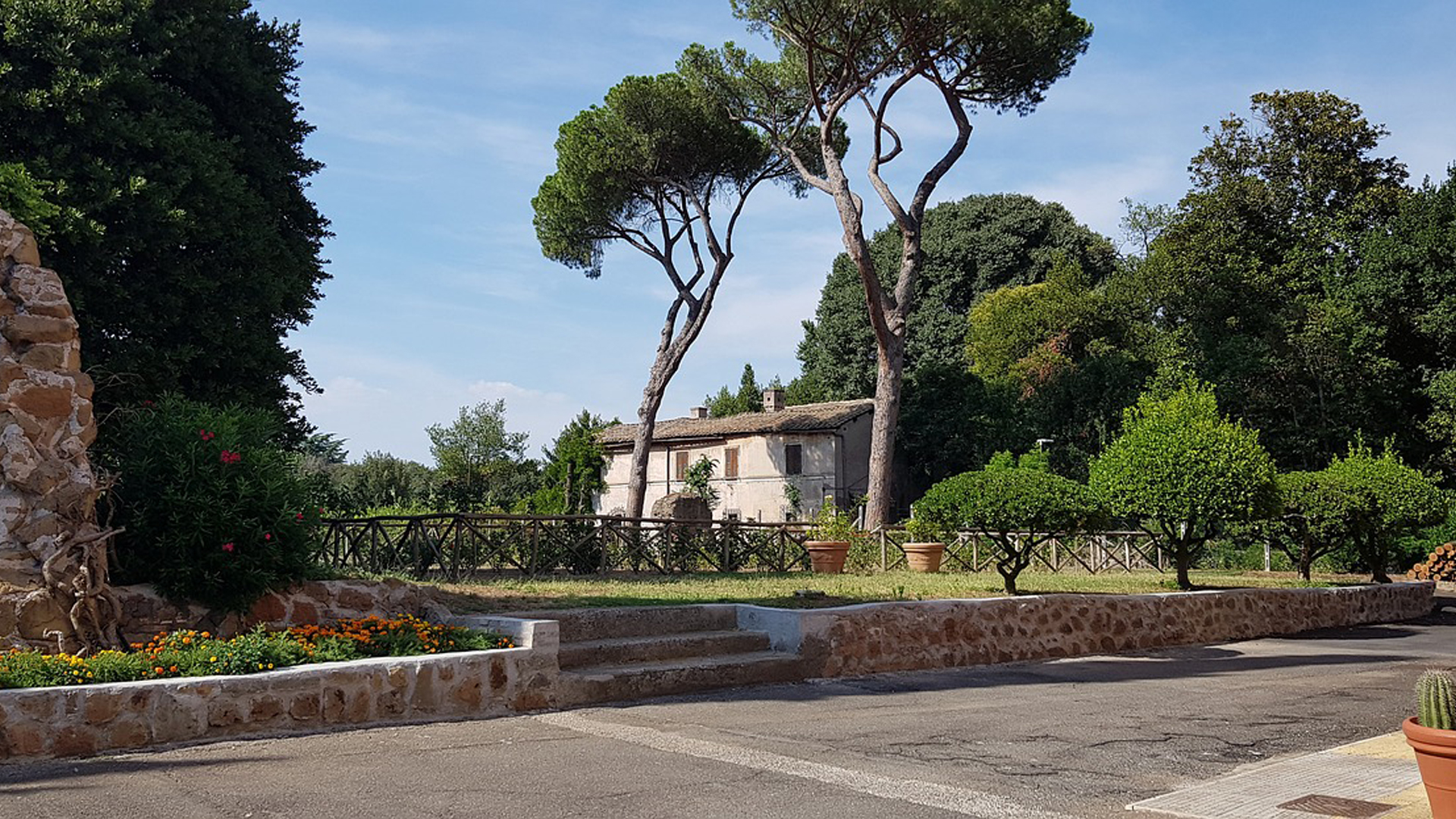Although it has been 1,000 years since the Romans held dominion over our world, their presence is still felt, not only in the bridges, roads, and amphitheaters they left behind but in the ideas and practices that influence us today. Over the 1,000 years they ruled the ancient world, they cultivated and implemented groundbreaking innovations that have given us much of what we may take for granted today.
These are five ideas and practices we have the ancient Romans to thank for.
Sanitation

Believe it or not, the Romans were responsible for a massive leap forward in humanity’s public health systems. Using their aqueducts, massive structures that carried water across large distances, they brought in clean water into cities and towns. These aqueducts also functioned as a sewage system by keeping waste away from clean water and out of cities. In Rome, many of the homes were connected to a sophisticated sewage system that was repeatedly flushed clean by the aqueducts.
Our Calendar

The Romans abided by the Julian calendar, and if the name sounds familiar it’s because it was implemented by and named after Julius Caesar. It was a calendar based on the solar year and had 365 days split into 12 months, with a leap year added to February every four years.
Concrete

Have you ever wondered why some of the Romans’ most impressive and time-defying structures still exist today? It’s because of their concrete. They were able to build incredible works of architecture using a specific durable form of concrete that we no longer use today. The Romans’ concrete was sometimes mixed with volcanic ash hailing from the Bay of Naples as it reduced the spreading of cracks.
Elements of Our Legal System

The Romans’ legal system has been adopted by many countries around the world. Their system developed the concept of being innocent until proven guilty, and emphasized a separation of power in legal proceedings that is similar to the United States. The Romans had their magistrates, Senate, and tribunes, while modern-day Americans have their president, Congress, and federal court system. Legal terms we often hear today, such as pro bono, subpoena, and affidavit, all derive from the Romans’ legal system.
Roads

As the Romans grew their empire, they developed a sophisticated network of roads built of clay, gravel, and large flat stones. These were like the highways of antiquity, and they allowed for the Roman army to deploy legions and centuries of soldiers across the empire quickly and efficiently. These roads are typically sloped on each side to allow rain to drain off into ditches, therefore preventing puddles.
Perhaps the most impressive example of a Roman road is the Via Appia Antica, the Appian Way, which connected Rome to the southern port city of Brindisi. Dating back to the 4th century BC, the Via Appia Antica was the first and most important Roman road, referred to as the Regina Viarum, the “queen of roads,” for the way it connected cities to the capital and allowed the Republic to easily and effectively send its troops to Brindisi. Parts of the ancient road are still in use today.
Asia London Palomba
Asia London Palomba is a trilingual freelance journalist from Rome, Italy. In the past, her work on culture, travel, and history has been published in The Boston Globe, Atlas Obscura, The Christian Science Monitor, and Grub Street, New York Magazine's food section. In her free time, Asia enjoys traveling home to Italy to spend time with family and friends, drinking Hugo Spritzes, and making her nonna's homemade cavatelli.


